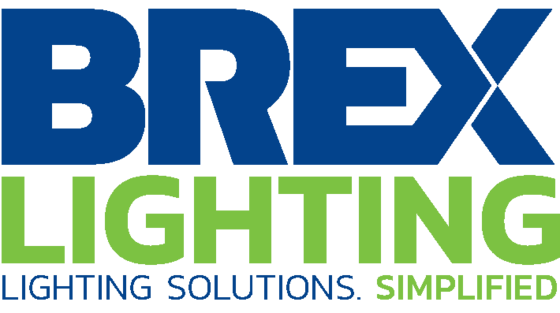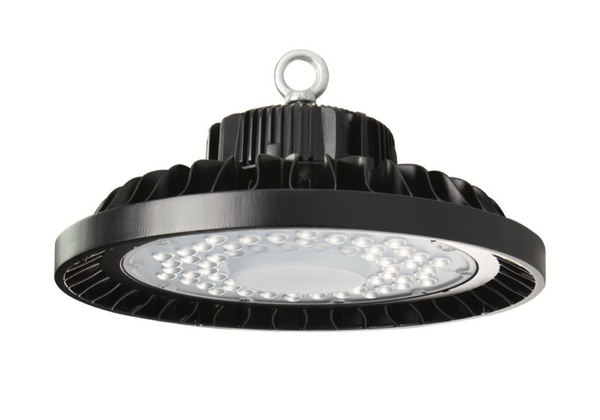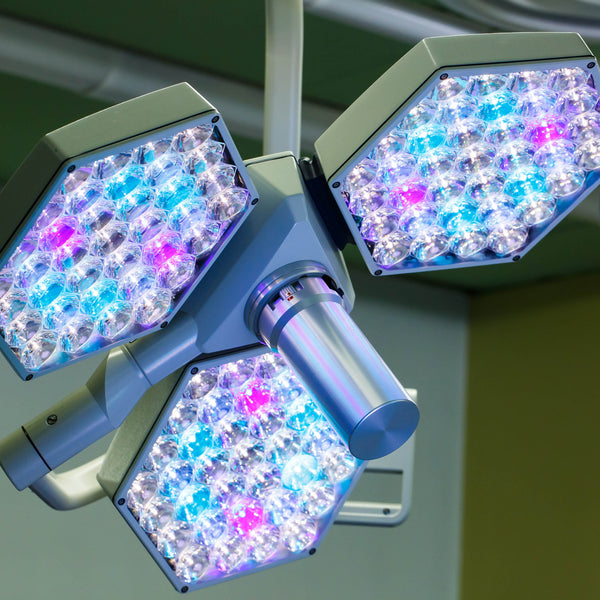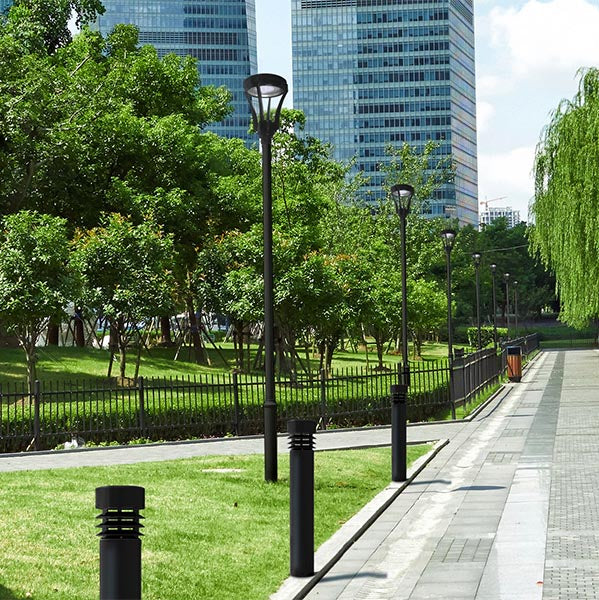What Type of Lighting to Use

Today there are multiple factors that go into deciding what kind of lighting is appropriate for a certain space and how to calculate how much light is required. Terms like wattage, light temperature, distribution and types of lights only add to the confusion. Let’s go over the commonly used terms and what they mean, to help make planning for the perfect environment easy.
Brightness:
This is measured in Lumens. A typical incandescent bulb produces 1500 lumens.
Energy:
Think energy bills. The amount of electricity required to power the light source; it is measured in watts. A lot of people confuse this with brightness. So to power an incandescent bulb will require 100 watts, while an LED with same brightness would require about 16-18 W.
Efficiency or Efficacy:
This is measured in lumen/watt. This is the amount of energy required for the lamp to emit a unit of brightness. The lower the number the more efficient it is. LED’s are the most efficient type of lights today.
Light Direction:
You have to keep LED distribution types in mind when you are deciding lights for your project. There are 5 different types depending on the direction and coverage of the light.
Type I:
Two-way lateral distribution of light preferable for walkways and sidewalks.
Type II:
They also provide lateral distribution but have the best illumination within 25° on both sides of the light. These are used in ramps, entranceways etc.
Type III:
These LED’s are meant for roadways and parking areas. They have a preferred lateral width of 40°.
Type IV:
Is meant for mounting on the sides of buildings and walls. Their coverage is a lateral width of 60°.
Type IV:
Produces a circular distribution of light and are best for intersections of roadways or center islands.
Foot Candles:
Not every room requires the same amount of brightness. This is a general recommendation of how much light a certain room requires. For example a kitchen would require a brighter light than a living room or bedroom. So the living room foot candle would be anywhere between 10-20, whereas for a bathroom it would be 70-80.
The amount of lumen for a room is equal to the value of foot candles multiplied by the area in square foot. For example a 40 square foot bathroom would require 2800 – 3200 lumens.
Lighting for Specific Purposes and Color Temperature:
One of the most important factors when deciding on lighting is the purpose of usage of the space. The three most common types of lighting that cover almost all kinds of usage are ambient, task and accent lighting
With ambient lighting, we try to mimic natural lighting with the help of artificial light sources such as LED’s. Ambient lighting is appropriate in a place where you would entertain guests and want a cozy atmosphere. You should plan for lights that provide uniformity as well absence of harsh glows. Ambient lighting is also appropriate for yoga and meditation studios to create a calming effect.
For spaces that require ambient lighting the ideal color temperature should be between 2700 to 3000 K, which has a warm white tint. Chandeliers, track lights and wall scones can be used to create an inviting atmosphere.
Color Temperature:
This term can be pretty confusing, and would make perfect sense to you if you are a professional photographer. But for the common man it’s the color that a light source produces for example midday light has a bluish tint while a typical sunset is golden or orange.
Task Lighting:
If you would like to concentrate on a task, highlight things around your home, office or commercial establishment, ambient lighting wouldn’t cut it. A smaller concentrated light is perfect for such needs.
For example if you are in the kitchen cooking, reading a book in your study or trying to finish up the important project of yours, a sharper and focused light will make your tasks easier to complete. This kind of lighting is called task lighting. You can save both energy and costs with a focused light where it is required rather than lighting up the entire room.
Most businesses use task lighting to create a stimulating environment and increase work efficiency as a result. Desk and swing lamps are commonly used to create lighting environment for work. For your kitchen you can use under cabinet lights which would mean no more straining while you are cutting and cleaning. Children’s play areas can be adequately lighted using track lighting.
The light temperature for task lighting should be between 3000 to 4500 K. You could opt for a higher light temperature of up to 6500K which is close to daylight for reading.
Accent lighting
is to highlight specific pieces of art or furniture that you want to be a focal point in your room. These can be both indoor and outdoor.



